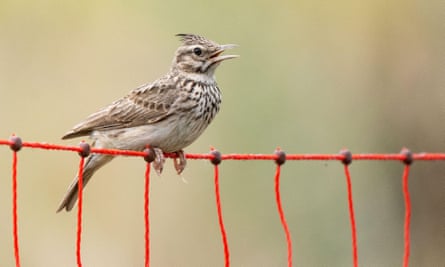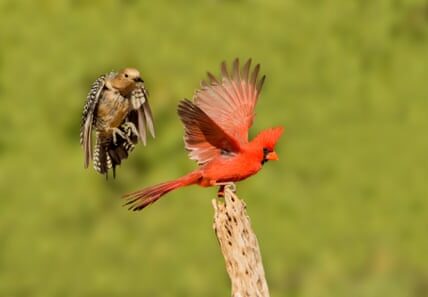Deadly felines: domestic cats are consuming 2,000 different types of animals, including hundreds that are in danger of extinction.
According to a recent study, cats are beloved pets but also skilled predators, consuming over 2,000 species worldwide. This includes hundreds of species that are in danger of extinction.
Over the course of 9,000 years, domesticated house cats have expanded to every continent except Antarctica. In a study published in Nature Communications, scientists refer to them as one of the most troublesome invasive species globally.
The paper, written by researchers led by Christopher Lepczyk from Auburn University in the US, delves into the predatory behaviors of a highly successful and widespread invasive predator.
The study, the first of its kind to measure the global diet, found that birds, mammals, insects, and reptiles make up 17% of the menu and are all at risk for conservation.
Cats consume a total of 981 types of birds, 463 types of reptiles, and 431 types of mammals, which accounts for approximately 90% of their diet. They have also been observed consuming 119 types of insects and 57 types of amphibians.
On islands, cats cause a significant amount of harm by consuming three times as many species of conservation concern as they do on continents. This includes species that are now extinct in the wild, such as New Zealand’s Stephens Island Rockwren and New Zealand quail.
There has been a lot of discussion in New Zealand about the effect these animals have on wildlife. One politician is pushing for their complete eradication, and there has been a lot of disagreement over events that promote the hunting of stray cats.

In Australia, cats are responsible for the deaths of more than 300 million animals annually. This has prompted conservation organizations to advocate for indoor cat policies. In certain areas, restrictions have been put in place for cats. For instance, in Walldorf, a town in southwestern Germany, residents are required to keep their cats indoors for three months during spring to safeguard a dwindling population of crested larks, who breed during that season.
Previous studies have revealed a significant gap in addressing the negative effects of domestic cats on native wildlife at a large scale.
According to the research, approximately 9% of identified bird species, 6% of recognized mammal species, and 4% of known reptile species are consumed by cats. The cats do not have a specific preference for their snacks. The researchers stated that cats typically consume what is available to them. If a certain species is not included in the cat’s diet analysis, it is likely that the prey is either not present or uncommon in the nearby surroundings.
The researchers obtained these numbers by thoroughly examining numerous preexisting studies. They are confident that their ultimate calculations are cautious and will increase as further investigations are conducted. Their analysis focused on outdoor pet cats. It is possible that some of the larger creatures included in the overall tally were scavenged by cats rather than actively hunted.
A representative from the RSPB suggested that attaching bells to quick-release collars and keeping cats indoors at night are easy methods to decrease the number of wild birds and other animals they catch. Using ultrasonic devices can also be a safe and efficient way to limit the time cats spend in gardens.
According to the spokesperson, cats can pose a threat to small and limited populations of birds, especially those that build their nests close to the ground or on the ground. This is a concern that goes beyond just gardens.
This may also pose a problem for birds that have adapted to living on islands where there are no land predators. Therefore, it is wise to restrict the construction of new homes near crucial areas for birds that nest on the ground, and to decrease or eliminate populations of feral cats on islands where they do not naturally inhabit.
Mike Toms, a member of the British Trust for Ornithology (BTO) who was not part of the research, stated that the study offers a valuable and necessary evaluation of the effects that free-roaming cats have on wildlife.
He stated that the study brings attention to areas of worry, such as the effects of cats on island populations, which can guide conservation efforts to prioritize where they are most necessary.
Source: theguardian.com


